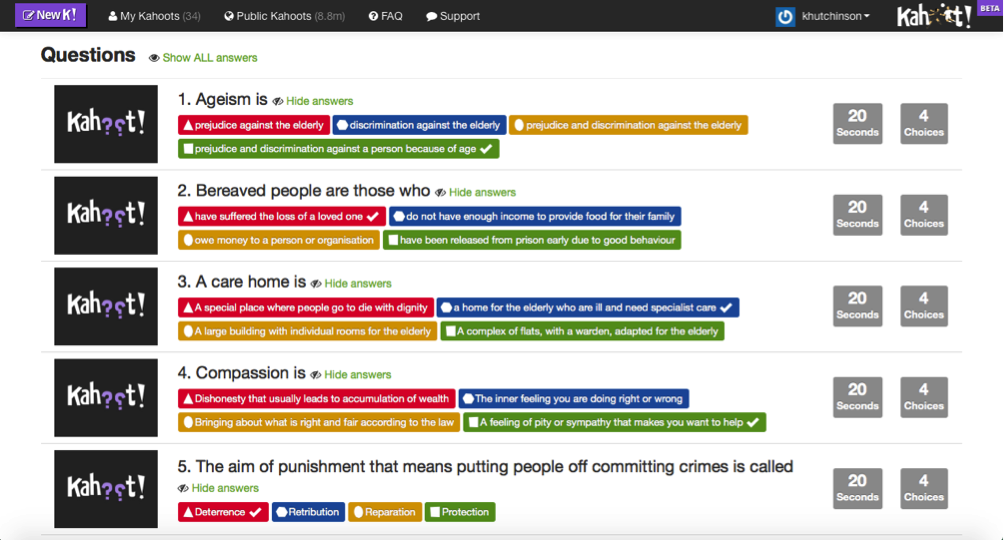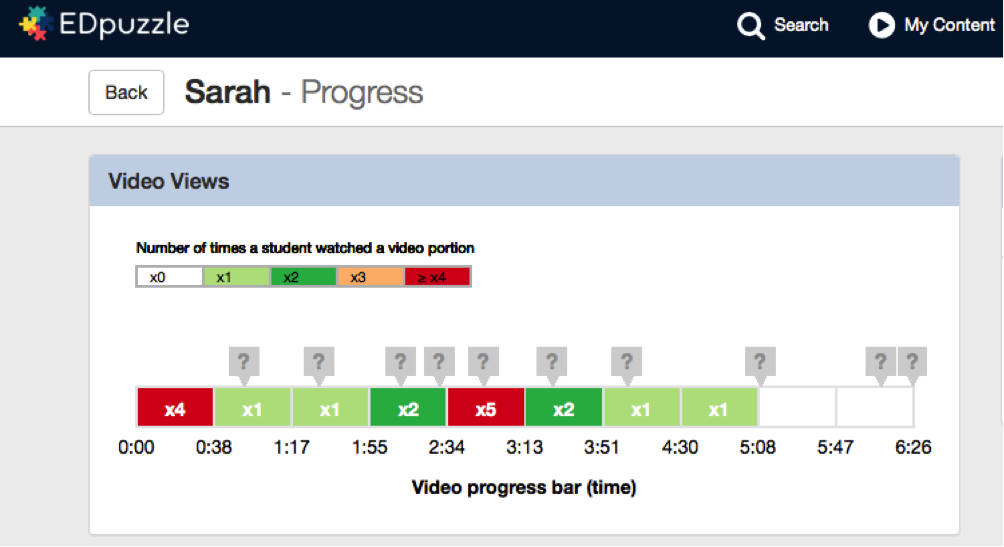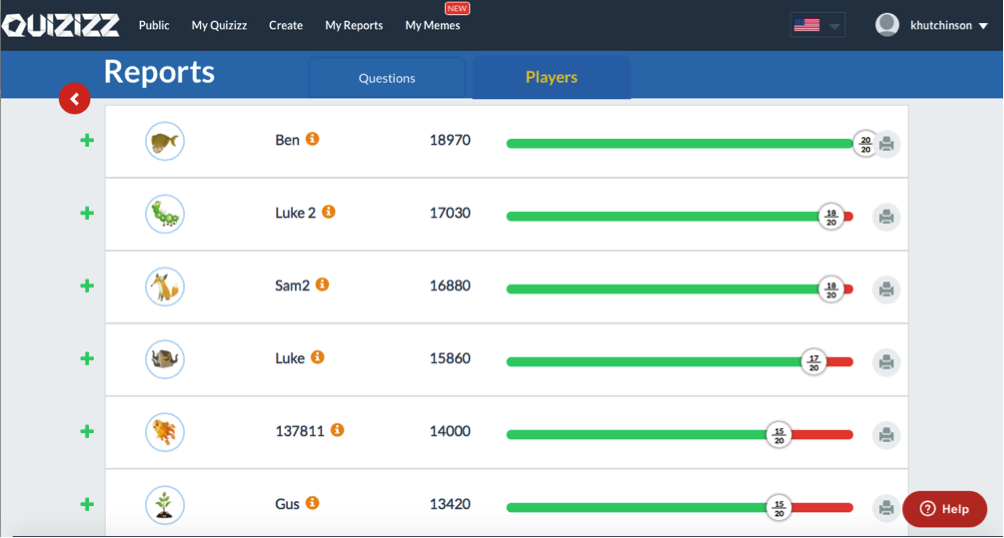Combining flipped, guided and independent learning in GCSE Religious Studies – Dr Katharine Hutchinson
21 July, 2016
How to double your teaching time so that you have a chance of covering all of the new GCSE content in the limited time available
This case study presents the findings of a project undertaken as part of a Farmington Scholarship. An early version of the paper was presented at the Technology in Schools Symposium at the University of Oxford in April 2016. It is based on research undertaken at Chesterton Community College, an 11-16 comprehensive school in Cambridge. All learners have their own iPad and these are connected to the school’s wifi network. All students also have wifi access at home: where families do not have an existing wifi network, the school has assisted them in paying for this service and setting it up.
There is no denying that the new GCSE RS courses are content-heavy. In the AQA A specification that we have chosen to follow, students will complete in-depth studies of two religions and also consider a range of ethical and moral issues and religious responses to them. Lesson time is limited – just 100 minutes a fortnight in a single block in our school – and so teachers need to make the most of the homework time that is available to them. One way of maximising the effectiveness of classroom time is to ‘flip’ the learning process.
Flipped learning is a model in which the typical lesson and homework elements of learning are reversed. Students undertake knowledge-building activities at home before the class; lesson time is then devoted to the higher-order skill of applying this knowledge and using it to construct new understanding, often working in small teams. The classroom-based time is repurposed: the teacher becomes a ‘guide on the side’ rather than a ‘sage on the stage’ and this allows for more effective differentiation and personalisation of learning.
The knowledge-building homework tasks might involve reading a book excerpt or an article, listening to a podcast or watching a video. This phase of learning can also be personalised by providing a range of source materials for students to choose from.
A small group of humanities teachers at Chesterton Community College have been experimenting with flipped learning for the last 2 years. The main concern raised by staff involved in this pilot project was that some students were not completing home learning assignments prior to lessons. This meant that there were large gaps in their knowledge as there was a deliberate choice to make no attempt to teach key ideas and information in a traditional way in lessons. Some students were arriving at lessons without having done any of the preparatory work, and this meant that the higher-level classroom tasks were not accessible to them as they lacked the basic underpinning knowledge.
After surveying groups of Year 9, 10 and 11 students about their initial experiences of flipped learning, we decided that we needed to introduce a knowledge-check prior to the lesson. Some students were becoming frustrated by the fact that their peers were not learning the flipped material before the lesson and that this was slowing down their progress, particularly when they were being asked to work in groups during lesson time. It was clear that this knowledge-check needed to be automated, as it would otherwise take too much teacher time to administrate. We therefore decided to introduce a multiple-choice quiz as the knowledge check. It was agreed that students would have to complete this at least 3 days before the lesson so that the teacher had time to access the results and ensure that anyone who had not completed the task was placed in homework detention prior to the lesson. This ensured that they had done the pre-learning before arriving in class as they were set the task to complete during their detention.
A wide number of online quiz generators are available for teacher use. These include Quizalize, Quizizz and Google Forms. We asked a small group of students to use quizzes on each of these platforms and to feedback on their preferences. We eventually chose to work with Quizizz for four main reasons:
- students reported that they liked the gamification element of the software – many said that they liked the memes that appear after every question; others said they found the accompanying music motivating; others said that they liked the competitive element where they could see where they ranked within the class in terms of speed and accuracy of their answers;
- Quizizz shows students a summary of their answers once they have finished the quiz, allowing them to review any errors that they have made;
- Quizizz provided a very simple and easy option for staff to download Excel spreadsheets of class data – this allowed them to analyse individual and whole class performance in detail;
- it is free to use.

Figure 1: A screenshot from Quizizz showing class performance on each multiple-choice question
Staff working on the project then decided to create their own videos to meet the requirements of the new specifications. They created a number of PowerPoint presentations, each with a script. These were then recorded, using QuickTime screen capture software on a MacBook, and saved as .mp4 files to be used as the resource for the flipped learning element of the lesson. The files, usually between 7-15 minutes in duration, were then shared with students via the edmodo platform (as this is the VLE that is used at Chesterton). Students accessed the videos via their iPads and then completed the multiple-choice Quizizz to test their recall of key factual information. Each quiz question presented four answers for students to choose from; one of these was always ‘I don’t know’ and students were strongly encouraged to use this option rather than guessing as it would give their teachers a much clearer picture of their level of understanding.
The completion rate for pre-learning tasks increased significantly as a result of including the knowledge-check quiz as part of the homework assignment. The results of the quiz allowed teachers to direct students into two groups for the start of the lesson
- a guided group – those who needed additional teaching to build up knowledge before they attempted higher order tasks;
- an independent group – those who had mastered the core knowledge and were ready to attempt the higher order tasks and shape their own learning during the lesson, within a framework carefully designed by the teacher.
During a guided learning session, the teacher works directly with a small group of students with similar needs. In traditional non-flipped classrooms this happens once the main shared teaching has take place. In the flipped model where a pre-test has been done, this can happen earlier in the lesson, thereby saving time. In the flipped context, the emphasis is on supporting students in mastering the knowledge from the home learning task and then applying it. The teacher can identify likely misconceptions in advance of the session by using the pre-test quiz data. The guided learning session is specifically targeted.

Figure 2: A screenshot from Quizizz showing individual student performance on each multiple-choice question.
Whilst the small guided learning group is working closely with the teacher, the remainder of the class (i.e. those who have mastered the core knowledge) work independently on higher-order tasks. At Chesterton, we have relied heavily on the availability of iPads to support this phase of the lesson. A range of resources are uploaded in advance to the class edmodo group so that students have access to them quickly and easily and can choose to work with resources that suit their own learning style. These could be videos, textbook excerpts, podcasts, newspaper articles, etc. Where possible, students are given a range of choices about how they might present their work. In GCSE RS lessons that address Christian responses to ethical issues, students are encouraged to become experts in a denomination of their choice. Wherever possible, we provide resources from Anglican, Catholic and Quaker viewpoints. Anecdotal evidence from lessons suggests that students are significantly more engaged with their learning when they are able to make choices about the focus of their study. Our intention is that by allowing students to shape their own learning in this way we will be able to realise the following objectives:
- everyone challenged so that they have to grapple appropriately with the subject;
- everyone curious so that they want to know more;
- everyone motivated so that they seek to close the gaps in their understanding;
- everyone able to access resources so that learning is not confined to lesson time;
- everyone reaching their potential in GCSE RS.
A Year 10 student voice panel was interviewed after they had experienced one cycle of the flipped learning approach. All members of the group were able to identify a range of advantages of the flipped pedagogy and felt that they had experienced these in their home learning and classroom based sessions. A number of students stated that they completed the homework tasks, including the multiple choice quizzes, as soon as they were set – i.e. 10 days before it was due in – and that they then struggled to remember the key ideas during the lesson as they hadn’t taken any notes. This was easily addressed by providing the text of the video script as an iBook that students could download when completing the initial task. They were then able to produce flashcards from this material to create a revision resource. Several students suggested that the lesson should start with a quiz to test recall of knowledge and they were keen to use Kahoot! for this task. This software is free and produces useful data about the responses that students have selected. It is also very popular among students. This suggestion was incorporated in the lesson design, as shown on the accompanying lesson flowchart (designed using the free LucidPress software).

Download this image as a high quality pdf

Figure 4: A screenshot from the iBook.

Figure 5: Multiple-choice questions from Kahoot!
Staff surveys revealed a much higher level of satisfaction with the flipped learning concept as a result of these changes. Teachers were empowered to arrive in their lesson knowing that all students had completed the pre-learning and to divide students into groups, based on their level of mastery of core knowledge, to enable more focused interventions to be undertaken during lesson time. One member of staff who had been experimenting with the edPuzzle software suggested that this could also be incorporated into the course design. edPuzzle allows teachers to upload videos and then embed questions into them. The video stops playing when an embedded question is encountered and students must answer it before they can move on to the next section of the video. Multiple-choice questions are permitted, and marked automatically, alongside short answer responses that are marked by the teacher. One key advantage of the edPuzzle platform is that it allows the teacher to see how often a student has viewed each chunk of the video. This can allow them to identify any areas of understanding that students appear to be struggling with and then address them in their next lesson. We are currently considering whether or not to move our flipped videos from edmodo to edPuzzle.

Figure 6: Screenshot from edPuzzle showing the number of times that an individual student watched each segment of the flipped learning video.
We were particularly interested to note that this style of homework seemed to engage some of our previously less engaged, underachieving boys. Many of these boys completed the Quizizz element of the homework more than once. When questioned about this, the majority responded that they wanted to be top of the league table for their class; they completed the quiz, checked their score, and retook the test to improve their position if they weren’t top. They then checked again on subsequent days as their classmates were taking the test and were motivated to resit again if they were ‘knocked off’ the top of the table.

Figure 7: Screenshot from Quizizz showing the league table. Note that both Luke and Sam have taken the quiz twice (Luke2 and Sam2 are their second attempts) in an attempt to gain the top place on the leaderboard.
The flipped learning + guided learning + independent learning formula clearly does not need to be applied to every lesson in a scheme of learning. It can be used regularly when time is tight and teachers need to increase the number of guided learning hours, or it can be used more sparingly. Experimenting with the approach, and speaking to students about their experiences of learning, had a significant impact on our teaching and learning approach at Chesterton. We would be delighted to support any other schools who wanted to embark on this journey and are happy to share the resources we have made. Please do contact us if you would like to view these or if you would like to come and visit us to see these techniques in action.
Dr Katharine Hutchinson
Head of Humanities and Director of CPD
Chesterton Community College, Cambridge